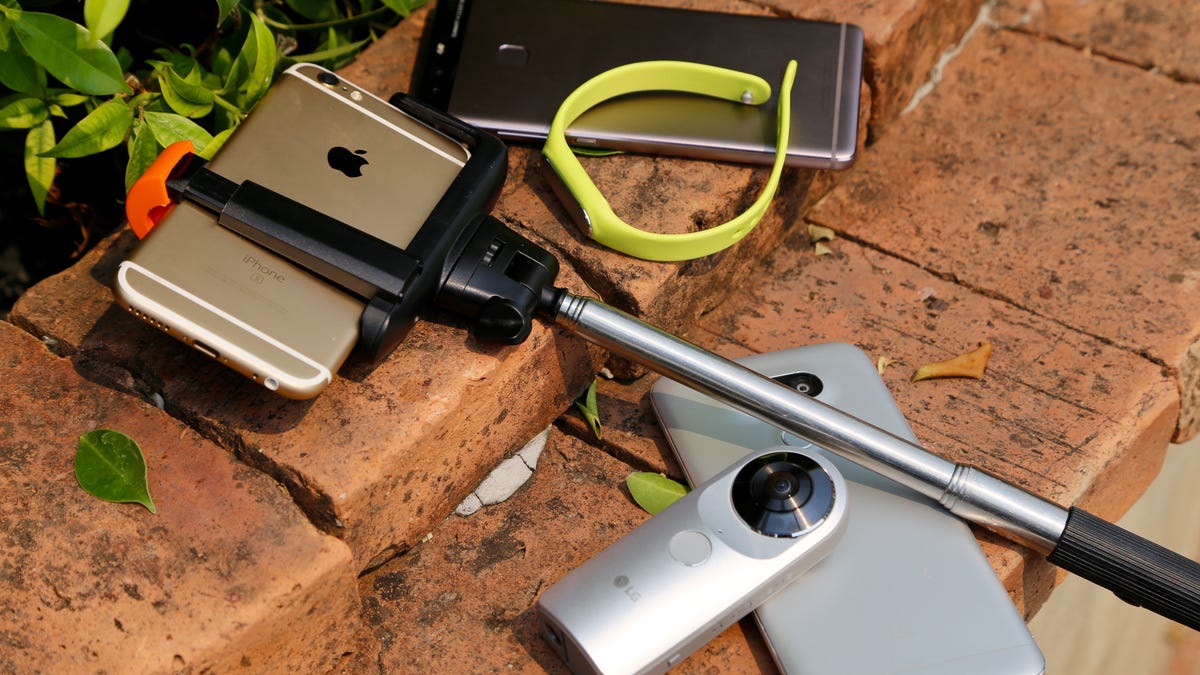When it's too damn hot for tech
Commentary: A couple of days in 106-degree heat made me worry not just about myself, but also my gadgets.

Most phone testing facilities have a machine -- a chamber, really -- that alternately bakes and freezes phones to make sure they operate in extreme temperatures: hot and cold, dry and humid.
I've always intellectually understood the purpose of extreme climate tests, but it wasn't until I carried three phones, a camera and a smart band through the 106-degree swelter (that's 42 Centigrade) of Thailand's northern city of Chiang Mai that I really felt the kind of heat and humidity that devices like my phones might have to withstand day after day.
Unlike many of you, maybe even most of you, I come from the admittedly narrow perspective of temperate, often foggy and breezy San Francisco, where days rarely peak above 75 or 80 degrees Fahrenheit (about 24 to 28 C). So coming to Chiang Mai as part of a 19-day tech-seeking tour in Asia has been quite the body shock. But I've also worried about my gadgets.
After being outside for several hours during the heat of the day, I noticed how hot the phones became, even when idle (and how much I ceased caring about pausing for perfect photo opps). Air-conditioned cafes were blissful escapes to cool both me and my gadgets.
Which will get heatstroke first: my gadgets or me?
And it helped. Thirty minutes of cool air later, my gadgets and I all ratcheted down from what felt like the brink of overheating.
My head knows that phones and other devices are built to withstand and operate through extreme conditions in many of the Earth's hot places, but it's hard to believe that increasing battery and processor temperatures by making them work hard in heat won't take a toll on performance and maybe even total life span.
As a worse case scenario, the phones could just shut down.
The world is getting hotter. Inevitably, our tech will have to work in scorching conditions more of the time -- and work well. And for probably the first time in my usually climate-controlled life, that searing truth is something I don't just understand; it's now something I actually feel.

